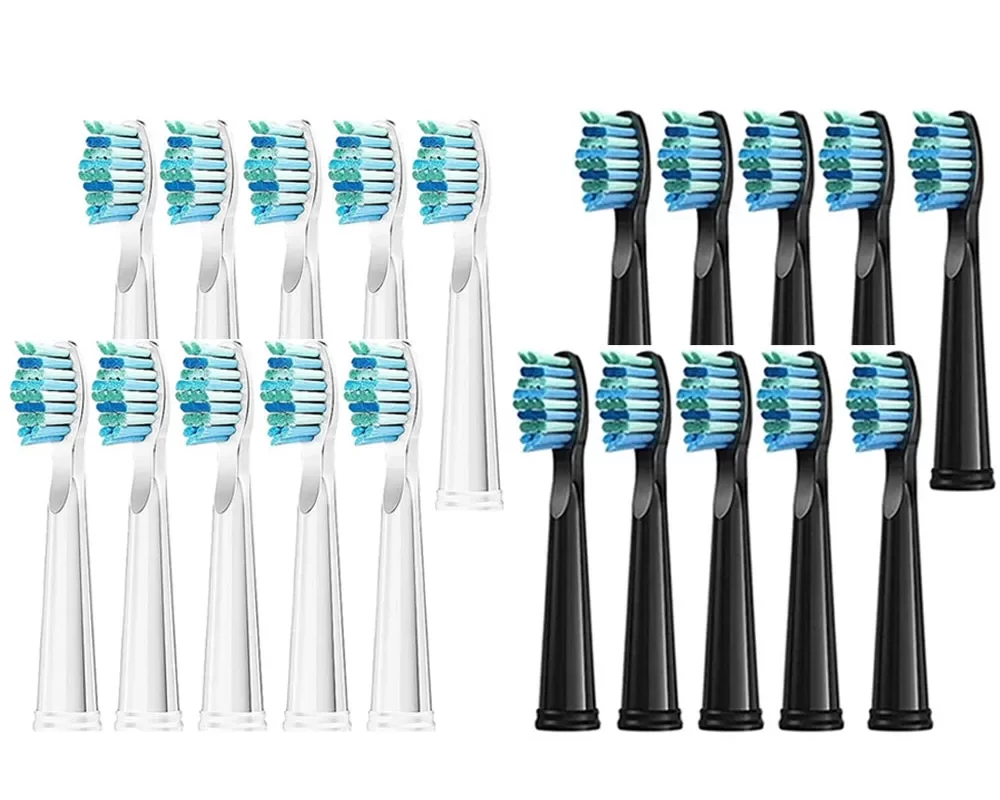Introduction
Proper oral hygiene is essential for maintaining healthy teeth and gums. When taking antibiotics, it is important to consider the impact on oral health and determine when to change your toothbrush. Antibiotics can alter the balance of bacteria in your mouth, potentially leading to oral complications. In this comprehensive guide, we will explore the recommended guidelines for changing toothbrushes after antibiotic use and provide specific information on maintaining oral hygiene during this period. From understanding the effects of antibiotics on oral health to proper toothbrush care and replacement, we will cover all the necessary details to help you ensure optimal oral health and successfully navigate post-antibiotic oral care.
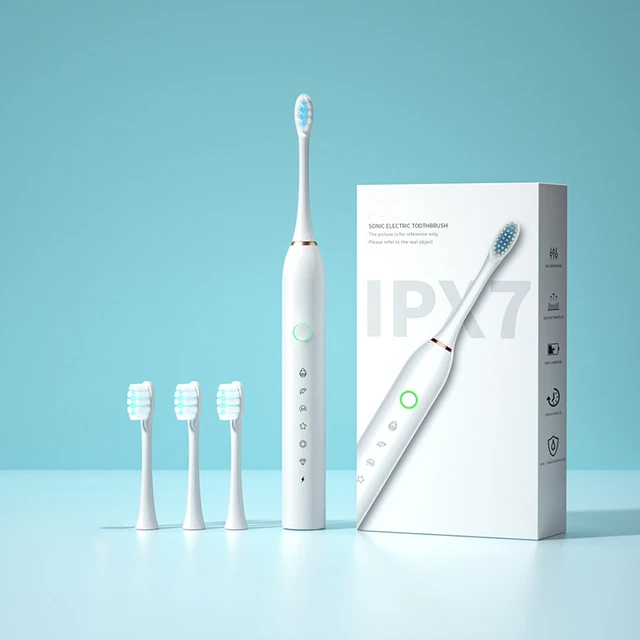
Optimal Toothbrush Replacement After Antibiotic Use: A Comprehensive Guide
I. Effects of Antibiotics on Oral Health
-
Altered Oral Microbiome:
- Antibiotics are designed to target and eliminate harmful bacteria in the body, including those in the mouth. However, this can disrupt the natural balance of bacteria, leading to an overgrowth of opportunistic or harmful microorganisms.
-
Increased Risk of Oral Complications:
- Imbalances in the oral microbiome caused by antibiotics can increase the risk of oral complications such as oral thrush, yeast infections, or antibiotic-associated diarrhea (AAD).
II. General Guidelines for Antibiotic-Associated Toothbrush Care
-
Rinse Thoroughly:
- After taking antibiotics, rinse your mouth thoroughly with water to help remove any residual medication or bacteria. This reduces the potential transfer of antibiotics to your toothbrush.
-
Avoid Cross-Contamination:
- During antibiotic use, it is important to avoid cross-contamination by not sharing toothbrushes with others. Each individual should have their own toothbrush to prevent the spread of bacteria and infections.
-
Practice Good Oral Hygiene:
- Continue practicing good oral hygiene by brushing your teeth at least twice a day and flossing daily. Maintaining a clean mouth can help reduce the risk of complications during and after antibiotic use.
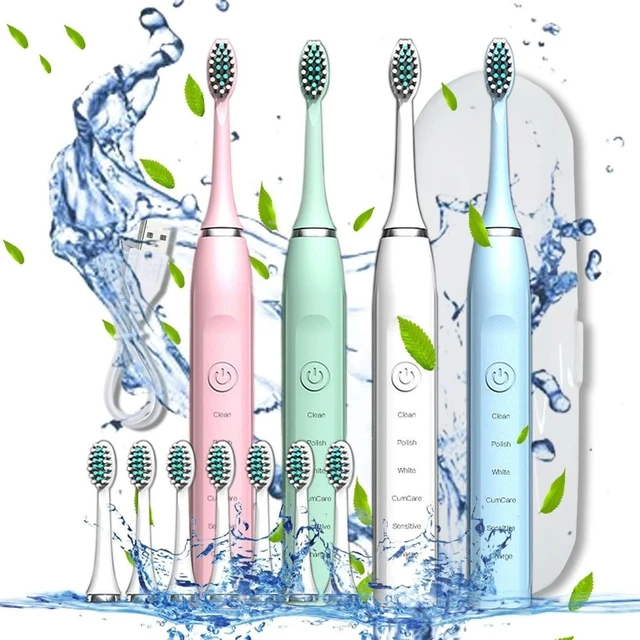
III. When to Change Your Toothbrush After Antibiotic Use
-
Completion of Antibiotics:
- It is generally recommended to change your toothbrush once you have completed the prescribed course of antibiotics. This helps minimize the risk of lingering bacteria or medication on the bristles.
-
Consider Antibiotic Duration:
- If you have been on a long-term course of antibiotics (more than two weeks), changing your toothbrush around the midway point can be beneficial. This further reduces the potential buildup of bacteria or medication residue.
IV. Toothbrush Replacement Guidelines
-
Regular Toothbrush Replacement:
- As a general rule of thumb, it is recommended to replace your toothbrush every three to four months, regardless of antibiotic use. This ensures effective cleaning and prevents the accumulation of bacteria on worn bristles.
-
Assess Bristle Condition:
- Pay attention to the condition of your toothbrush bristles. If they become frayed, splayed, or worn before the three-month mark, it is advisable to replace your toothbrush earlier. Worn bristles are less effective at cleaning your teeth.
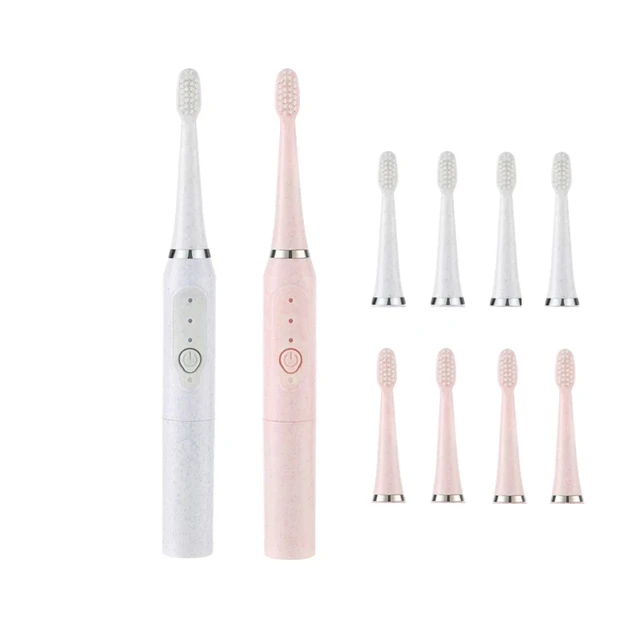
V. Maximizing Toothbrush Hygiene
-
Rinse and Store:
- After each use, thoroughly rinse your toothbrush with water to remove any debris or toothpaste. Store your toothbrush in an upright position where it can air dry. Avoid storing it in an enclosed container, as this can create a damp environment conducive to bacterial growth.
-
Sanitize Toothbrush Holder:
- Regularly clean and sanitize your toothbrush holder to eliminate any potential bacteria or mold. Wash the holder with warm, soapy water, rinse thoroughly, and allow it to dry completely before placing the toothbrush back in.
-
Avoid Contact with Other Surfaces:
- When not in use, avoid letting your toothbrush come into contact with other surfaces, such as countertops or bathroom fixtures. This reduces the risk of bacteria or pathogens transferring to the bristles.
VI. Seeking Professional Advice
-
Consult Your Dentist:
- If you have concerns regarding post-antibiotic oral care or specific dental health issues, it is advisable to consult with your dentist. They can provide personalized recommendations and guidance based on your individual needs.
-
Regular Dental Check-ups and Cleanings:
- Maintaining regular dental check-ups and cleanings is crucial for overall oral health. These appointments allow your dentist to monitor your oral condition and address any potential issues.
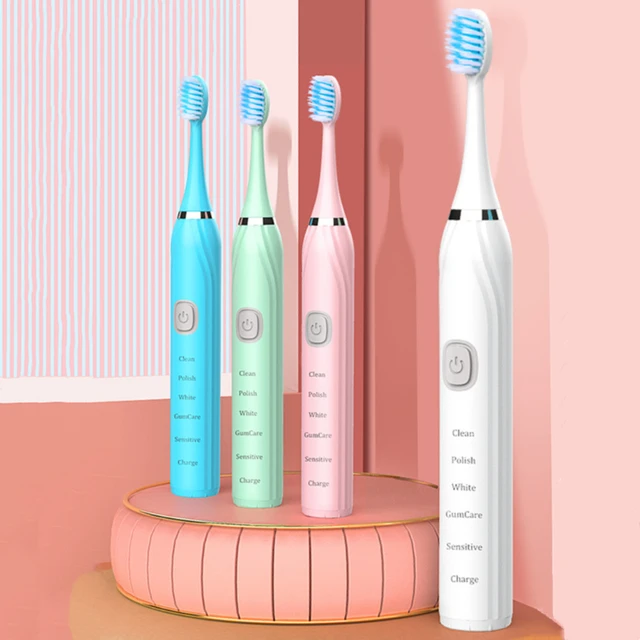
Importance of Overall Oral Hygiene
-
Brushing Techniques and Products:
- Proper brushing techniques play a significant role in maintaining oral hygiene. Use a soft-bristled toothbrush and fluoridated toothpaste to effectively clean your teeth and gums. Follow recommended techniques, such as brushing in gentle circular motions and reaching all surfaces of your teeth.
-
Flossing and Interdental Cleaning:
- Along with brushing, incorporating flossing and interdental cleaning into your daily routine is essential for removing plaque and food debris between your teeth. This helps prevent gum disease and tooth decay.
-
Regular Dental Check-ups and Cleanings:
- Dental check-ups and professional cleanings are vital components of maintaining good oral health. Regular visits to your dentist allow for the early detection and treatment of any potential issues, ensuring long-term oral well-being.
Additional Oral Care Considerations
-
Mouthwash with Antibacterial Properties:
- Consult with your dentist about the use of an antibacterial mouthwash after completing a course of antibiotics. An antibacterial mouthwash can help minimize the growth of harmful bacteria and maintain a healthy oral environment.
-
Probiotics for Oral Health:
- Probiotics are beneficial bacteria that can help restore a healthy balance in your oral microbiome. Investigate the use of probiotic oral supplements or incorporate probiotic-rich foods into your diet under the guidance of a healthcare professional.
-
Balanced Diet and Hydration:
- A balanced diet rich in essential nutrients and proper hydration promote overall oral health. Incorporate fruits, vegetables, whole grains, lean proteins, and plenty of water into your daily diet. Limit sugary foods and beverages, as they contribute to tooth decay.
-
Stress Management:
- Stress can impact oral health by increasing the risk of teeth grinding (bruxism) and other oral conditions. Implement stress management techniques, such as exercise, mindfulness, or counseling, to minimize the negative effects on your oral health.
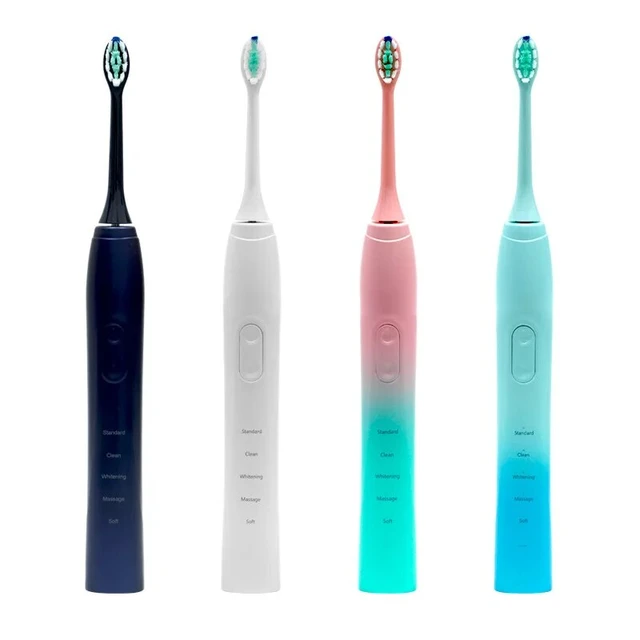
VII. Conclusion: Prioritizing Post-Antibiotic Oral Hygiene
Maintaining good oral hygiene is important during and after antibiotic use to minimize the risk of oral complications. By following general toothbrush care guidelines, replacing your toothbrush after completing antibiotic treatment, and practicing proper toothbrush hygiene, you can ensure optimal oral health and reduce the risk of bacterial imbalances.
Remember, always complete the prescribed course of antibiotics, rinse your mouth thoroughly, and practice routine oral hygiene habits. Stay informed and consult your dentist for personalized recommendations. By prioritizing post-antibiotic oral care, you can maintain a healthy mouth and promote overall well-being.

